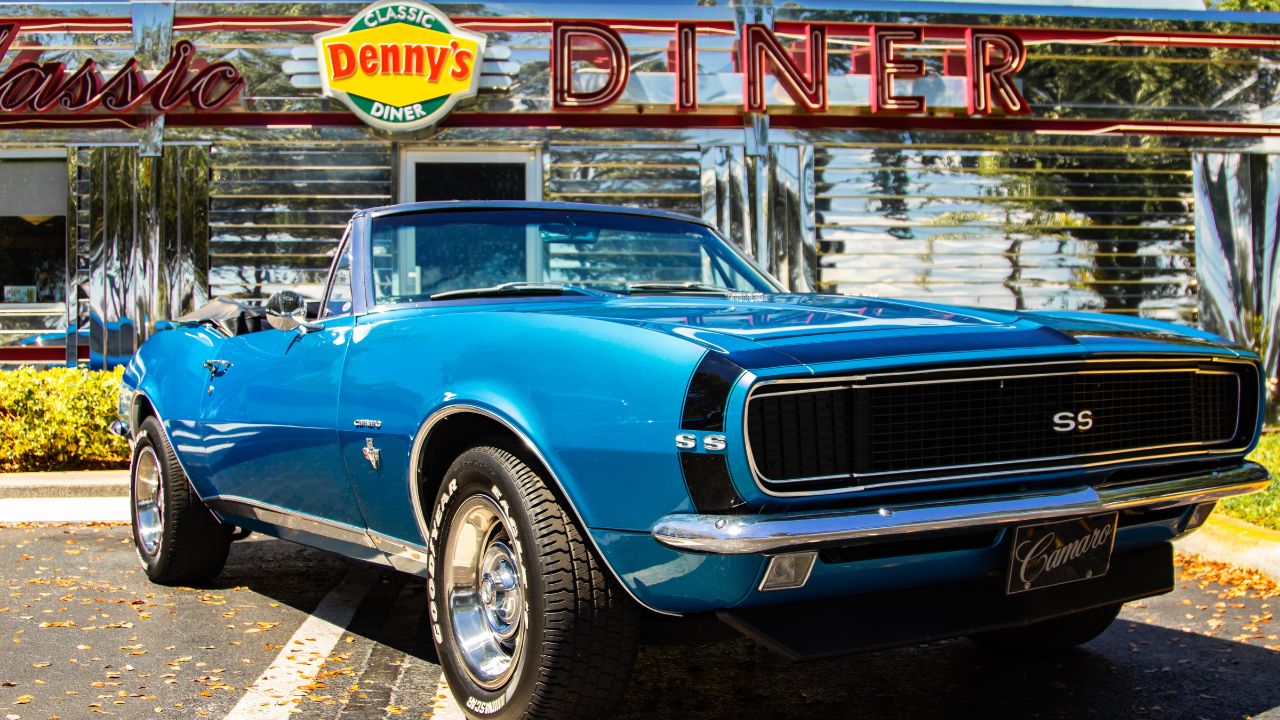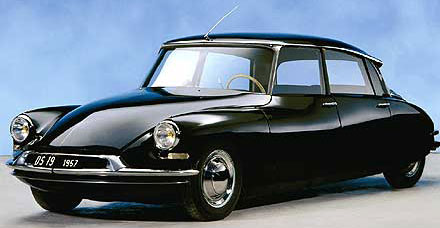
The Dodge Charger is probably the most iconic car of 1971. The 1971 Dodge Charger featured a 115-inch trackbase, six coupes (and three hardtops), and a spacious interior that was larger than the Ford Torino/Chevelle. The base models came with either the 318 ci or slant six-cylinder engines. An option was the Hemi Hemi engine. The SE and 500 versions were then called the SE, 500 and 500. These models had additional features like extra sound insulation, carpeting trunks, and woodgrain vinyl.
Chrysler's 1971 cars had tilt wheels and automatic headlights.
The Chrysler lineup included four-door sedans and two-door hardtops. It also had wagons. The C-body architecture and streamlined fuselage design were common features in almost every model. Other improvements included more rear footroom and automatic headlights. Many models included tilt wheel and automatic front lights. Chrysler also began offering cars with automatic transmissions, which made driving easier.

Chrysler's 1971 cars included automatic temperature control
The Chrysler Imperial's 1967 model year saw the introduction of automatic temperature control. This feature was unique in its class, and even the most expensive models had it as an option. The feature was also standard on the Ford Thunderbird. Even less-expensive cars were available with automatic climate control by the 1970s. The era's best cars had this feature, and the sidebar below lists the most popular models.
Ford's 1971 Mustang Mach 1 had an automatic downshift with part-throttle
Mustang Mach I released a unique feature. Ford tried the part-throttle downshift on the track. The car's six speed transmission includes part-throttle downshifting. It allows you to accelerate while in an upshift. Although it isn't available on the Mustang GT this feature was added to Mach 1.
Dodge's 1971 cars featured a modified power steering system to improve road feel
The Charger, a new body style introduced by the company in 1971, was its first. This car had been based on the Coronet since 1970, but its sales were disappointing. It was a four-door sedan with only the 318 or 6 engines. The Dodge Coronet was withdrawn and replaced with the Charger, which is a four-door sedan or wagon. The Charger's popularity grew after it was redesigned for the 1971 model year.
1971 GM cars had Torsion Quiet Ride
In 1971, GM introduced the Torsion-Quiet Ride system. It was designed to isolate leaf springs and subframes from each other, reducing noise and vibration as well as stiffness. It had some drawbacks, especially for cornering. Rick Ehrenberg, Mopar expert suggests retrofitting suspension parts from early models to improve performance and decrease noise. But what about the Torsion Quiet Ride system?

Ford's 1971 Mustang Mach 1 featured a new 360-degree engine
The 1971 Ford Mustang Mach 1 was a sports car. It was first produced in 1969 and won the SCCA Manufacturer's Road Rally Championship. It replaced the Mustang GT previous generation, and featured an engine with 360 horsepower. The Ford Mustang Mach 1 won many major races over its lifetime, including the North American Rally Championship. It won numerous awards for its performance, including the coveted honor of "Best of Show".
FAQ
What information do I need about car mechanics
Auto mechanics don't require any knowledge. You only need to know how to fix them. It's why many people begin to fix things by fitting brake pads or changing tires.
You need to be able read and comprehend diagrams, follow written instructions and adhere to basic principles of good practice. You'll also need to be able to judge whether parts need replacing or repairing.
It is important to remember that proper training and guidance are essential for anyone who attempts to repair vehicles. This is especially true if your job involves expensive parts like transmissions or engines.
Even though you don't need to be an expert on cars, it is important to understand the fundamentals of mechanical engineering and physical physics. This is how you understand the mechanisms behind engines and brakes.
It is also important to remember that you will need to be able to handle many situations. You might be required to work on a vehicle that was involved in an accident. Additionally, you will need to have experience with handling accidents and breakdowns.
Finally, you must be willing to learn new skills quickly. As well as being able to diagnose problems, you'll need to be able to perform simple maintenance tasks such as tightening nuts and bolts.
Is it hard to get work as an auto mechanic?
Yes, it's possible. Many garages advertise their vacancies online, and many people apply just because they think it might be fun. Applying for several positions and seeing if they accept student applications is a good way to get your foot into the door. If you don't know anyone working in the industry, ask your friends and relatives. They might be willing to recommend someone.
What are the different types of jobs available in car mechanic?
Three main areas of employment are available for car mechanics:
-
Automotive repair shops
-
Dealerships
-
Independent garages
Automotive repair shops
Most people think of this as the first step to becoming a mechanic. This is the best way to get started. You can either work at a shop owned by someone else or set up your own business.
If you plan to work in a shop, you must apply to join the union. Once accepted into the union you will be trained by the union.
You'll be ready for work once you have completed the training.
You will need to register if your garage is going to be open. You'll need to meet certain standards after you register.
When you've registered, you'll be given a license to operate your garage.
Your license allows you to sell spare parts and make minor repairs. You can't fix major engine problems with your license.
As well as selling spare parts you will need to offer advice and direction to customers.
Dealership jobs
Most dealerships only employ mechanics who have a specific skill set. For example, they might only deal with brakes or only replace tires.
However, some dealerships also hire general mechanics who can handle all aspects of car repairs.
Many of these positions require that applicants undergo training before they are allowed to work. This allows employers to pick the right candidates for their jobs.
Some dealerships will hire graduates straight from college. These graduates already have a basic understanding of mechanical engineering, so they are able to learn all about cars.
Independent garages
Independent garages do not belong to any dealership. Instead, independent garages tend to concentrate on providing high-quality services.
Independent garages can pay higher wages because they aren't associated with any company. Because these jobs don't have to be associated with any company, they can generally offer better wages than dealerships.
But this doesn't mean that independent garages are necessarily better places to work. Many business owners prefer to own their businesses and not delegate the responsibility to others.
It is possible to work long hours, but not have any control over the day.
Additionally, you should expect to earn lower wages if employed by a dealership.
It's possible to switch between jobs. If you want to work at a dealership, then you simply need to ask your current employer if he would consider hiring you as a mechanic instead.
You could also apply directly to an owner of a garage if that's what you want.
The bad news? Finding a new position isn't always easy. Many other factors can also influence the amount you earn.
Consider, for example, what type of vehicle you are repairing and whether additional labor charges will apply.
What are the requirements for an automotive technician?
You must have graduated high school or GED, with excellent English and math grades. You also need to be able to read and write well. To be allowed to work, you must pass a written and practical test.
Statistics
- The U.S. Bureau of Labor Statistics (BLS) reports that the job outlook for automotive service technicians and mechanics is expected to decline by 4% from 2019 to 2029. (indeed.com)
- There were 749,900 jobs available for automotive service technicians and mechanics in 2016, which is expected to grow by six percent through 2026. (jobhero.com)
- According to the BLS, the median annual salary for automotive service technicians and mechanics in the United States was $44,050 in May 2020. (uti.edu)
External Links
How To
How to Become an Automotive Technician
An automotive technician performs repairs and maintains vehicles. He/she can be found at auto shops, garages and service centers. He/she assists customers in fixing their cars, trucks or motorcycles. An automotive technician must know how to diagnose problems and perform repairs efficiently, safely, accurately, quickly, and correctly.
A person who wants to work as an automotive technician should first obtain an associate degree from a vocational school. After completing this program, he/she must pass the National Institute for Automotive Service Excellence (ASE) certification exam. ASE stands in for American Society of Mechanical Engineers. Two sections make up the ASE certification examination. The first section tests your mechanical skills, while the second tests your practical knowledge. To pass the test you must go to one of the authorized testing facilities. These locations are available online or through your local automotive dealer.
Before becoming an automotive technician, a candidate must pass the test. This process is different depending on where you live. For example, some states require candidates to attend a training course, while others allow them to study independently. Some states issue licenses to technicians as soon as they get their license. Others wait until they have worked at least six months as an automotive technician.
An applicant should apply to a local auto shop in order to start their career as an automotive technician. Most new employees work as apprentices after they have been hired. Apprenticeship programs last about three years. This is when a student can learn how to do basic repairs such as changing oil, adjusting brakes and replacing tires. Some students are able to perform more advanced repairs such as replacing shocks and installing air filters. Classes are offered by most schools during regular business hours. Some schools also offer evening classes when needed.
When a student has completed his/her apprenticeship, they become a journeyman. Journeymen typically spend four to five years learning how to install major systems, such as transmissions, differentials, steering gear, suspensions, and drive shafts. You will also learn how to repair complicated electrical components, as well as how to remanufacture engines and rebuild transmissions. Many employers prefer to hire Journeymen because they understand the job well.
After passing the exams, candidates may be eligible to open their own shop if they pass all requirements. According to Bureau of Labor Statistics (2010), almost 1.7million automotive mechanic jobs were on the market. The Bureau of Labor Statistics predicted that this number would rise by 18% from 2009 to 2020. If a candidate decides to open his/her own shop, he/she should prepare to invest many thousands of dollars in equipment and supplies.
The salary for an automotive technician depends on several factors, including the type of employer, location, education level, and experience. A jobless person could make an average of $20,000 annually. Someone with only a high school diploma could earn around $21,000 per year. Associate's degrees earn approximately $24,000 per annum. A technician with a bachelor's degree earned approximately $27,000 annually. And those with master's degrees made around $32,000 per year. Salaries are increasing so that a professional earning less than $30,000 could expect to make $40,000 in a few years.